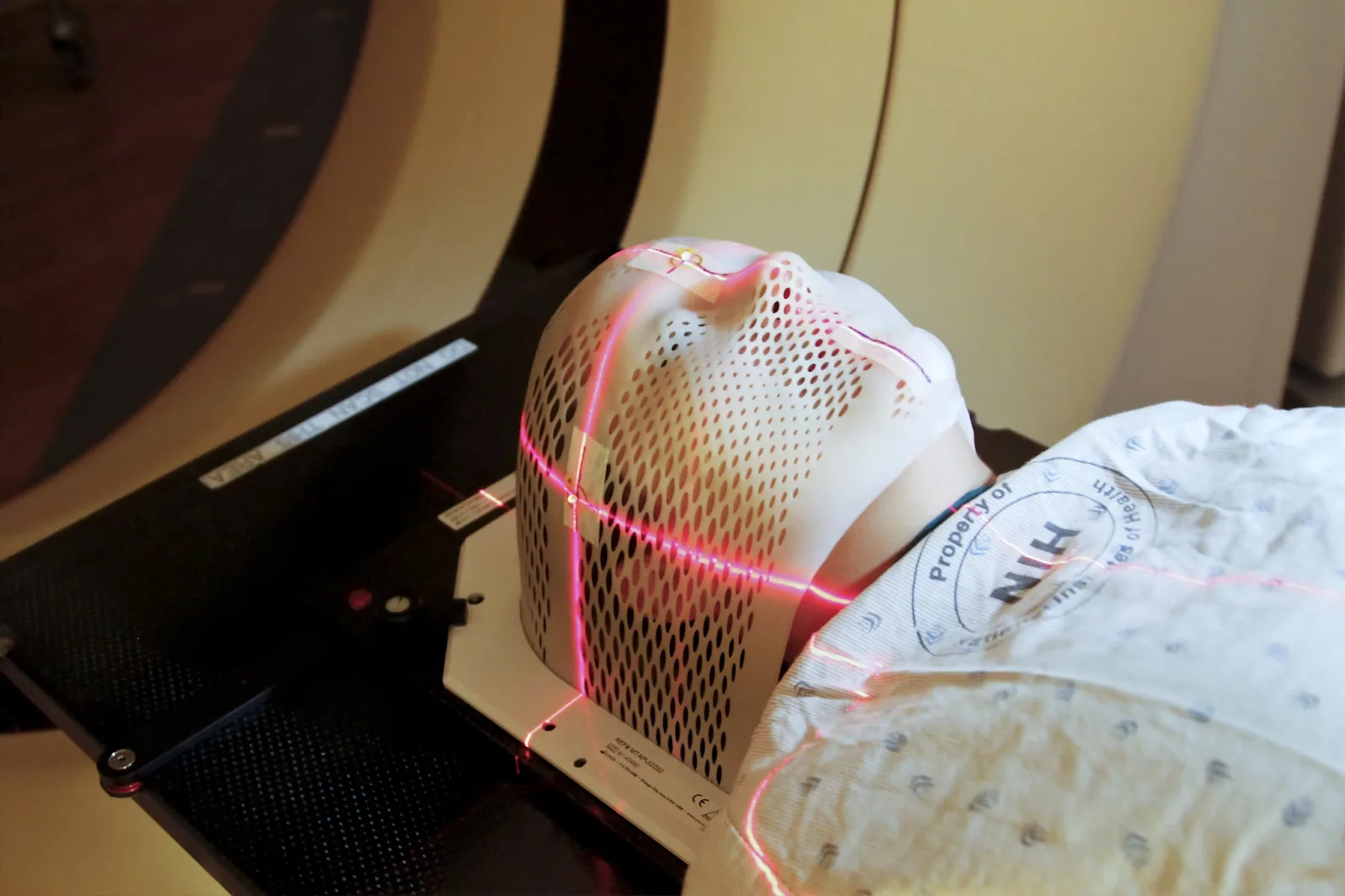When it comes to rejuvenating your skin and achieving that flawless look, laser resurfacing has taken the beauty world by storm. This cutting-edge procedure promises to minimize scars, wrinkles, and blemishes, leaving you with a radiant complexion. But how exactly does it work, and is it the right choice for you? In this comprehensive guide, we’ll explore everything you need to know about laser resurfacing—from its benefits to potential risks—so you can make an informed decision and achieve the skin of your dreams.

Types of Laser Resurfacing Treatments
Understanding the different types of laser resurfacing treatments is crucial before deciding which one is right for you. These treatments generally fall into two categories:
1. Ablative Lasers
Ablative lasers remove thin layers of skin. They are highly effective for treating deeper wrinkles and scars. CO2 lasers are the most common type. They are known for their precision and ability to address significant skin issues. Recovery time is longer, but the results can be dramatic.
2. Non-Ablative Lasers
These lasers focus on stimulating collagen growth without removing skin layers. The treatment is less invasive and requires little to no downtime. It’s ideal for those looking to improve skin texture and tone gradually over multiple sessions.
Preparing for the Procedure
Proper preparation can significantly impact the outcome of your laser resurfacing treatment. Begin by scheduling a consultation with a qualified dermatologist. They will assess your skin type and medical history to create a personalized treatment plan. It’s also important to avoid sun exposure, certain medications, and skincare products that can increase sensitivity leading up to the procedure.
What to Expect During the Treatment
On the day of your laser resurfacing appointment, you can expect a thorough cleansing of your skin. A topical anesthetic may be applied to minimize discomfort. The procedure itself involves the laser device passing over the targeted areas, emitting precise light beams. You might feel a slight tingling or stinging sensation, but it’s generally well-tolerated. Depending on the treatment area and type of laser used, the session can last anywhere from 30 minutes to 2 hours.
Get Rid of Scars
For many, getting rid of scars can be a life-changing experience. Whether they result from acne, injuries, or surgeries, scars can affect one’s confidence. Thankfully, full face CO2 laser resurfacing has proven effective in significantly reducing the appearance of various scars. By targeting the skin’s deeper layers, this procedure promotes collagen remodeling, ultimately leading to smoother skin. While results vary, many individuals notice a substantial improvement in their skin’s texture and tone after just a few sessions.
Post-Treatment Care and Recovery
After undergoing laser resurfacing, proper care is vital to ensure optimal healing. Your dermatologist will provide detailed instructions tailored to your skin type and the treatment you received. Generally, avoiding sun exposure, applying gentle moisturizers, and using recommended topical treatments will aid the recovery process. It’s normal to experience redness and swelling, which should subside within a few weeks, revealing fresher, revitalized skin.
Potential Side Effects and Risks
Like any cosmetic procedure, laser resurfacing comes with potential side effects and risks. Common side effects include redness, swelling, and temporary changes in skin pigmentation. More severe complications, though rare, can involve infections or scarring. To minimize risks, it’s essential to choose a reputable clinic and follow your dermatologist’s post-treatment instructions diligently.
Comparing Laser Resurfacing to Other Skin Treatments
Laser resurfacing is often compared to other popular skin treatments like chemical peels and microdermabrasion. While each method has its benefits, laser resurfacing provides more precise and long-lasting results for deeper skin concerns. However, it’s crucial to weigh the pros and cons of each option to determine which aligns best with your goals and lifestyle.
Incorporating Healthy Choices into Your Diet

Maintaining healthy skin goes beyond external treatments; it starts from within. A balanced diet rich in vitamins and antioxidants can significantly enhance the efficacy of your skincare regimen. Incorporating family friendly recipes that include plenty of fruits, vegetables, lean proteins, and whole grains can nourish your skin and improve its overall appearance. Foods such as berries, salmon, and leafy greens are known for their skin-benefiting properties, helping to fight inflammation and promote collagen production. By making these nutritious meals a staple in your household, you not only support your skin’s health but also foster a lifestyle of wellness for you and your family.
By understanding the different types of treatments, preparing effectively, and choosing the right practitioner, you can maximize the benefits of this procedure. If you’re ready to take the next step, consult with a dermatologist to explore whether laser resurfacing aligns with your skincare goals.

Jessi is the creative mind behind The Coffee Mom, a popular blog that combines parenting advice, travel tips, and a love for all things Disney. As a trusted Disney influencer and passionate storyteller, Jessi’s authentic insights and relatable content resonate with readers worldwide.
